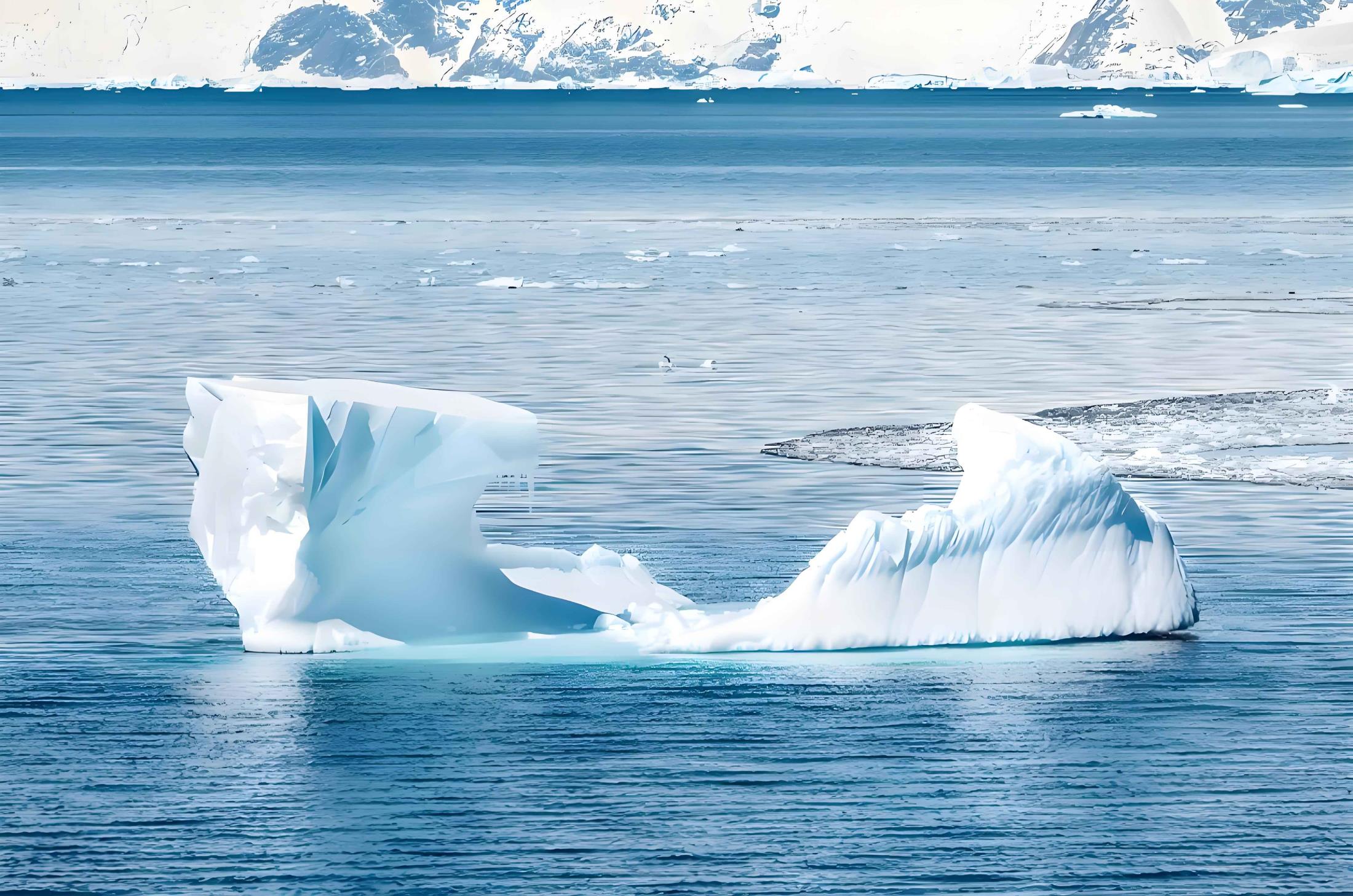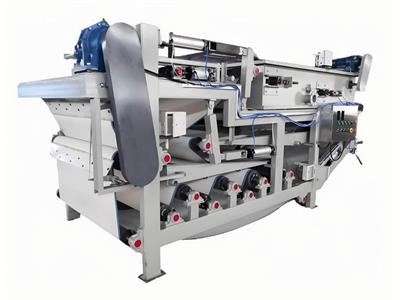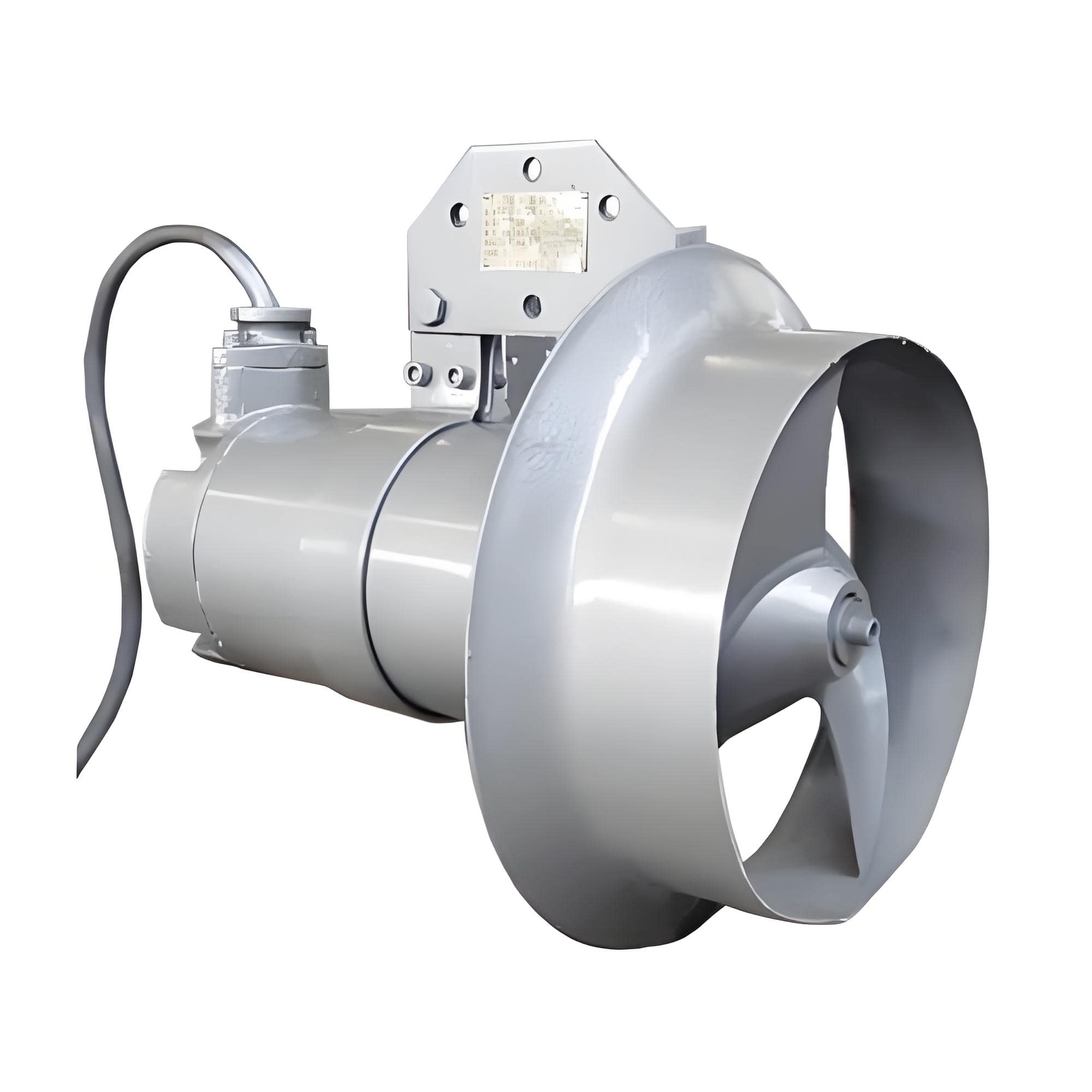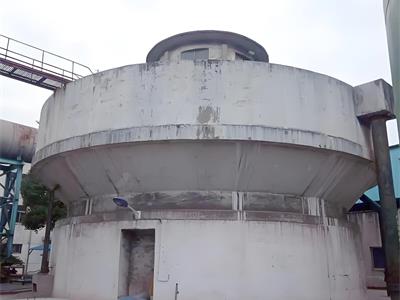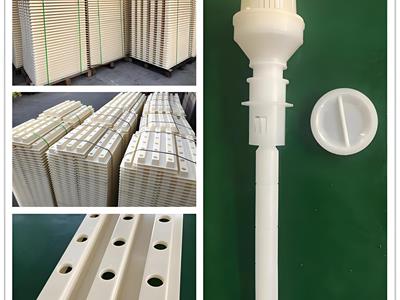- 2025-07-11
Antarctica
Antarctica
The water in Antarctica mainly consists of Antarctic Bottom Water (AABW) and Antarctic Shelf Water. AABW is the deepest and densest water mass in the Southern Ocean, while Antarctic Shelf Water is formed as high-density cold water in the continental shelf areas of Antarctica.
Antarctic Bottom Water (AABW):
It is the densest and coldest water mass in the deepest parts of the Southern Ocean.
It mainly forms in the continental shelf area of Antarctica, particularly in the Weddell Sea and Ross Sea.
The formation is due to surface water sinking in winter due to low temperatures and increased salinity, forming dense water masses.
After sinking, it flows north along the seabed, affecting the global ocean and having a significant impact on global climate and ocean circulation.
The water temperature is typically between -0.8 to 2℃, with salinity ranging from 34.6 to 34.7.
Antarctic Shelf Water:
Formed in the Antarctic continental shelf area, it results from the cooling of sub-ice shelf seawater and increased salinity due to glacial action, causing it to sink.
Salinity is typically 34.6. When salinity exceeds this value, it is called high-salinity Antarctic Shelf Water; when it is below this value, it is called low-salinity Antarctic Shelf Water.
It is an important component of Antarctic Bottom Water.
In summary, Antarctic water is of significant importance in oceanography, particularly in understanding global climate change and ocean circulation.

